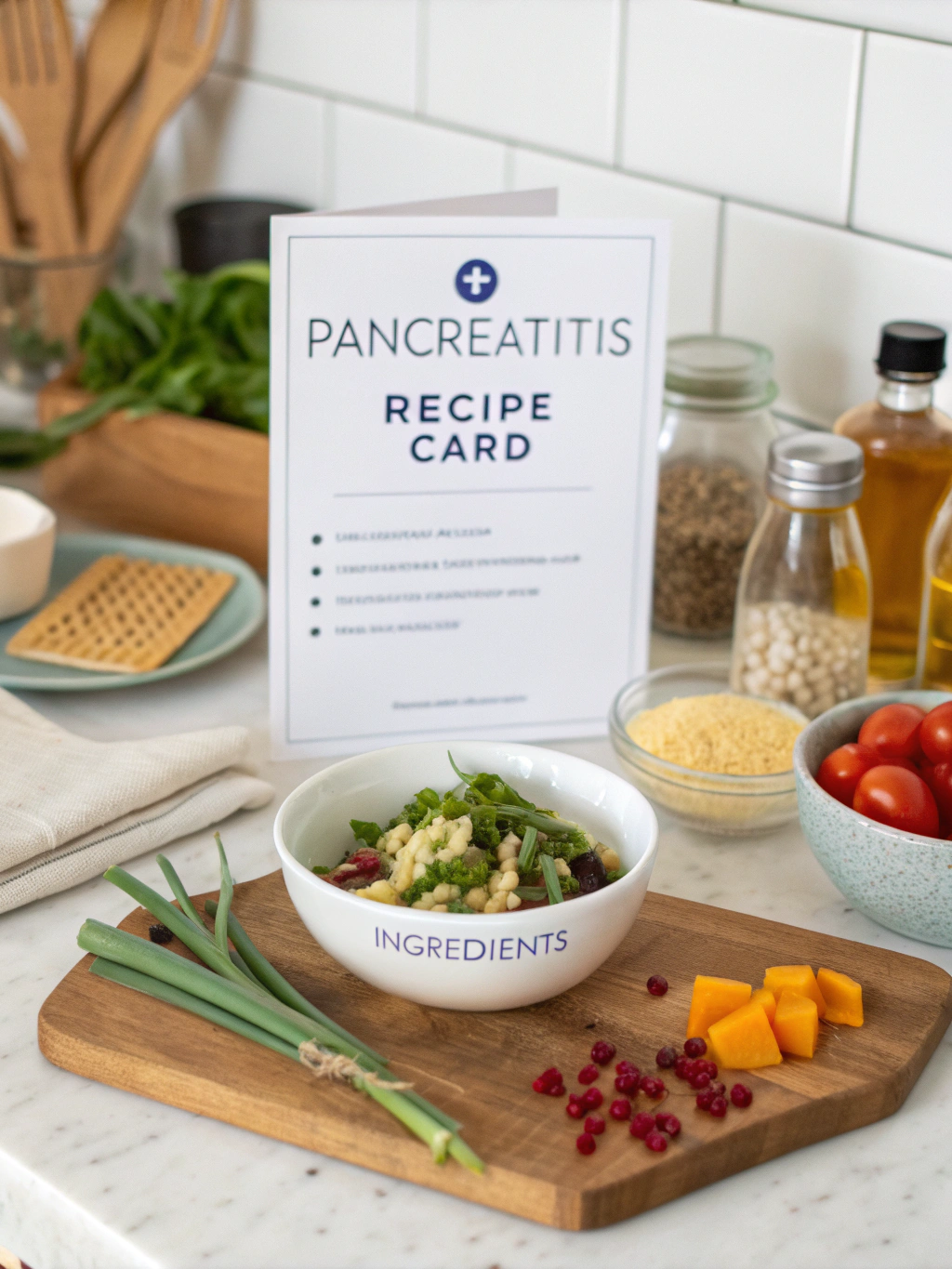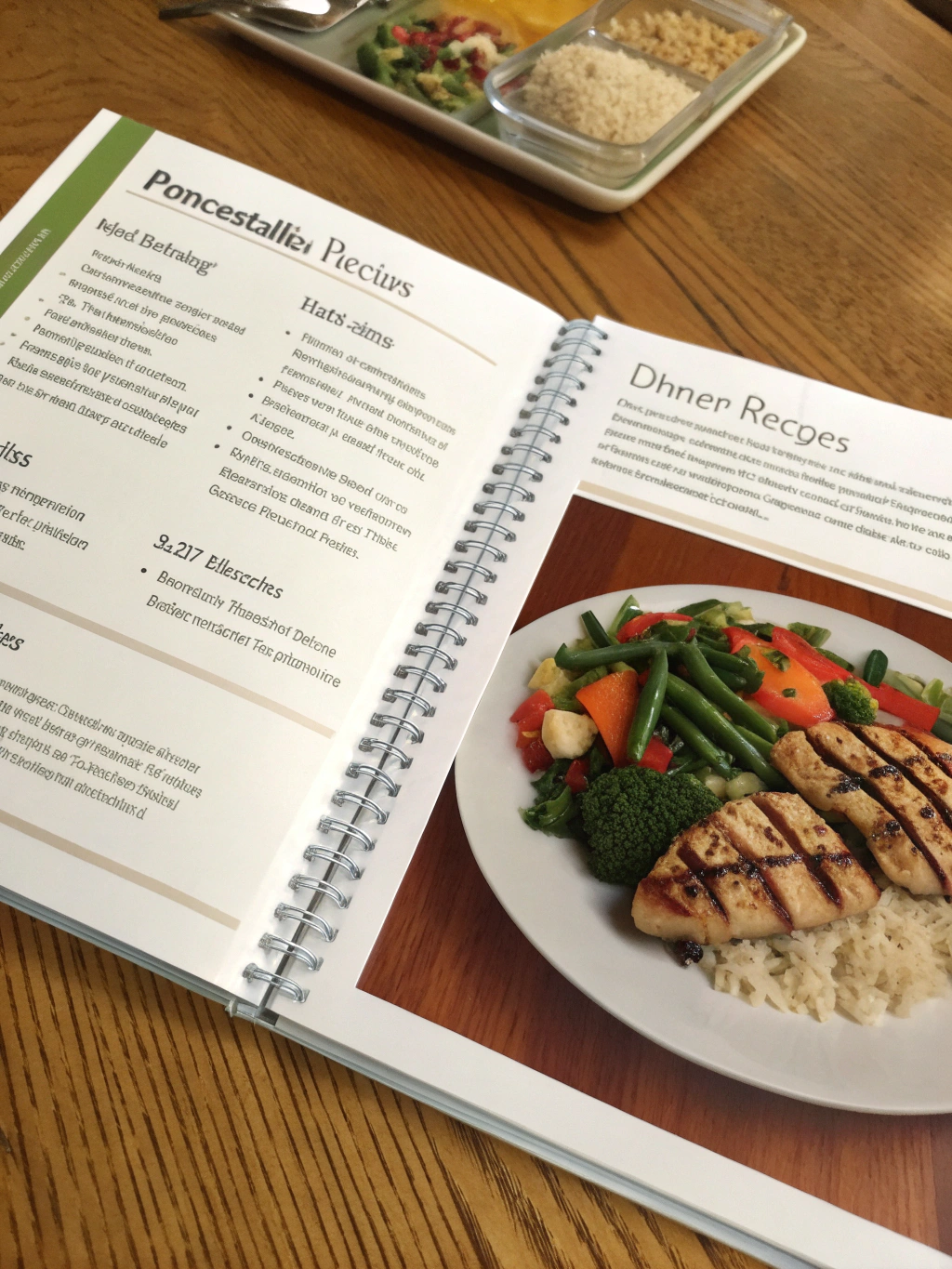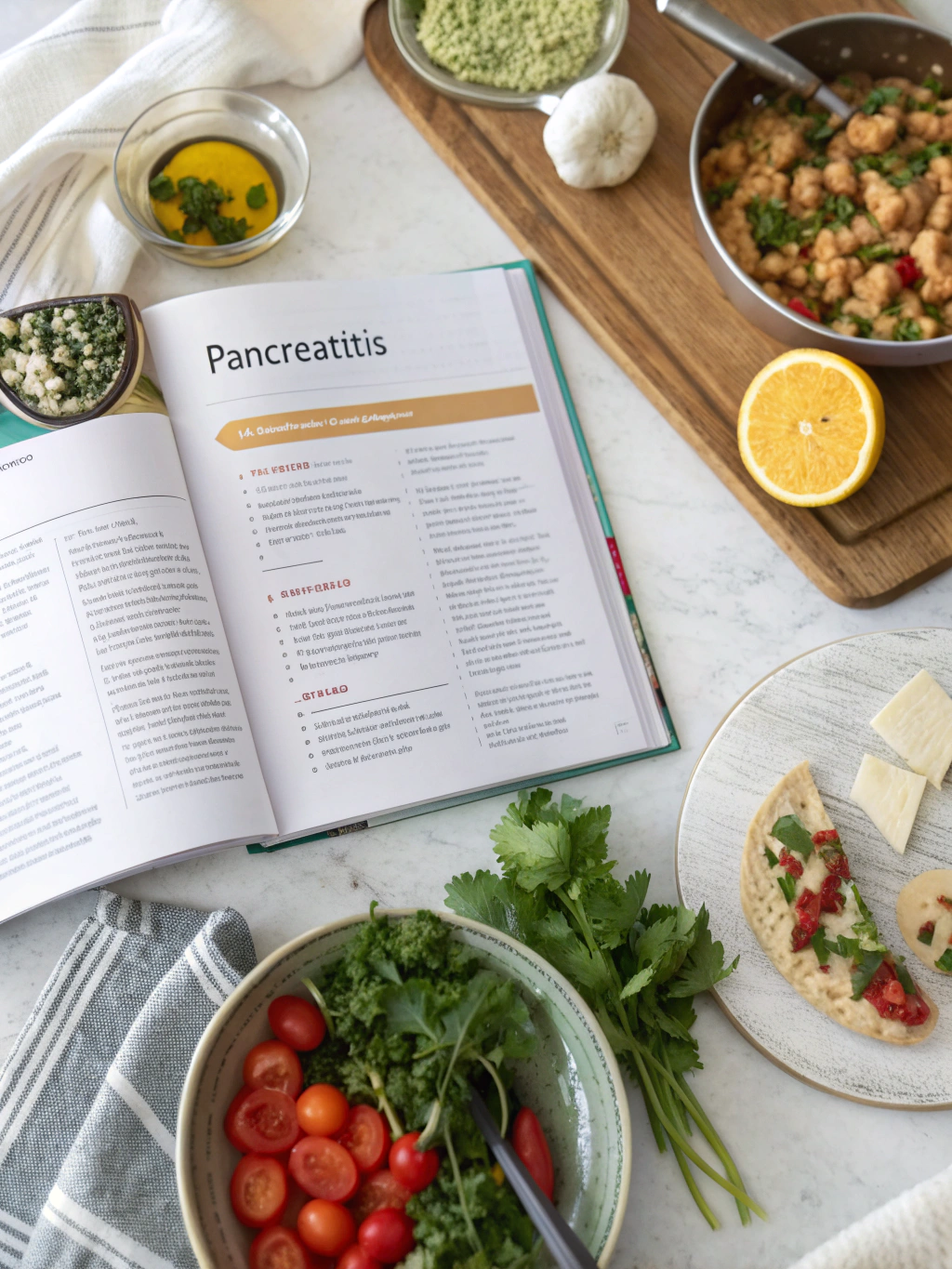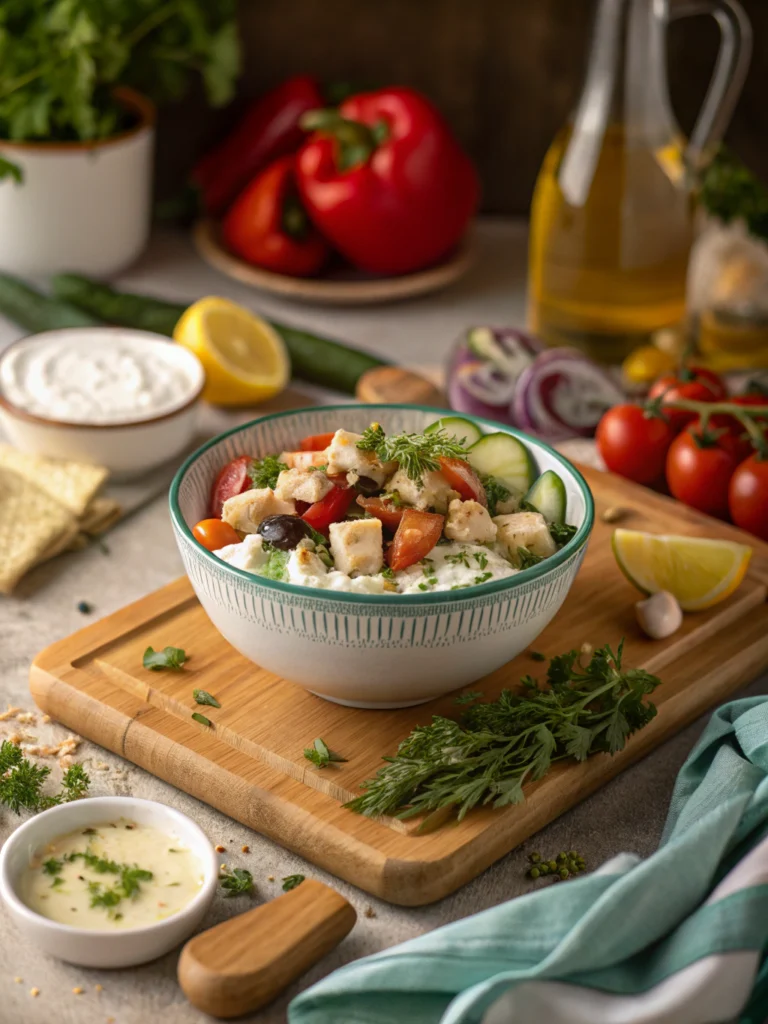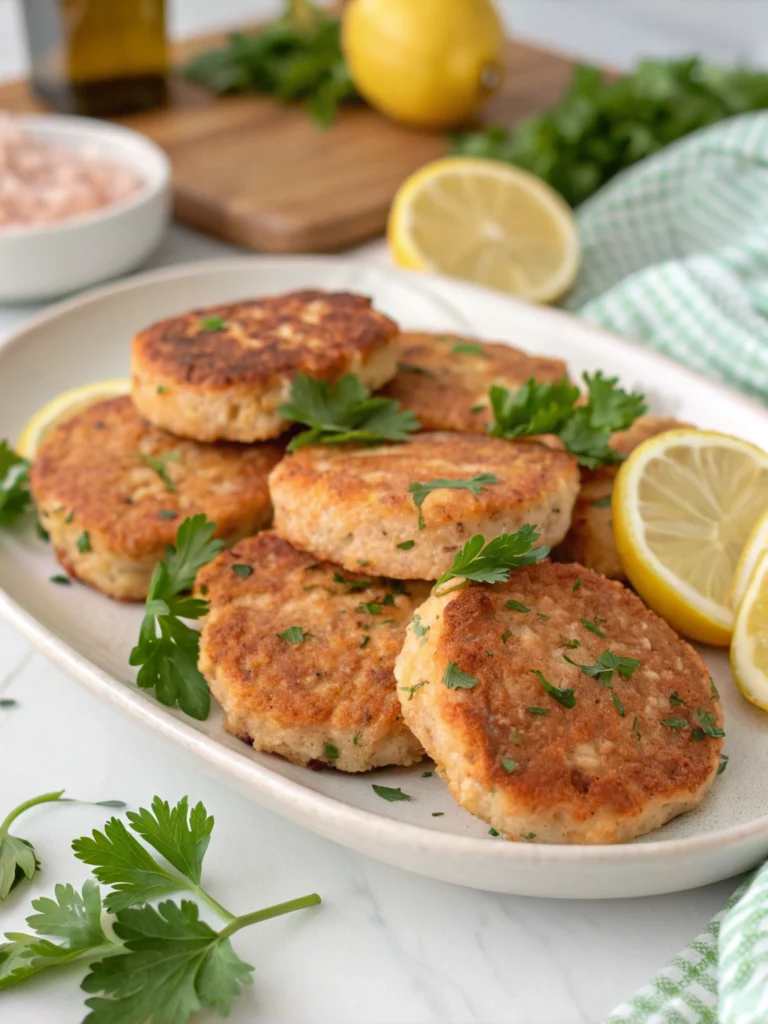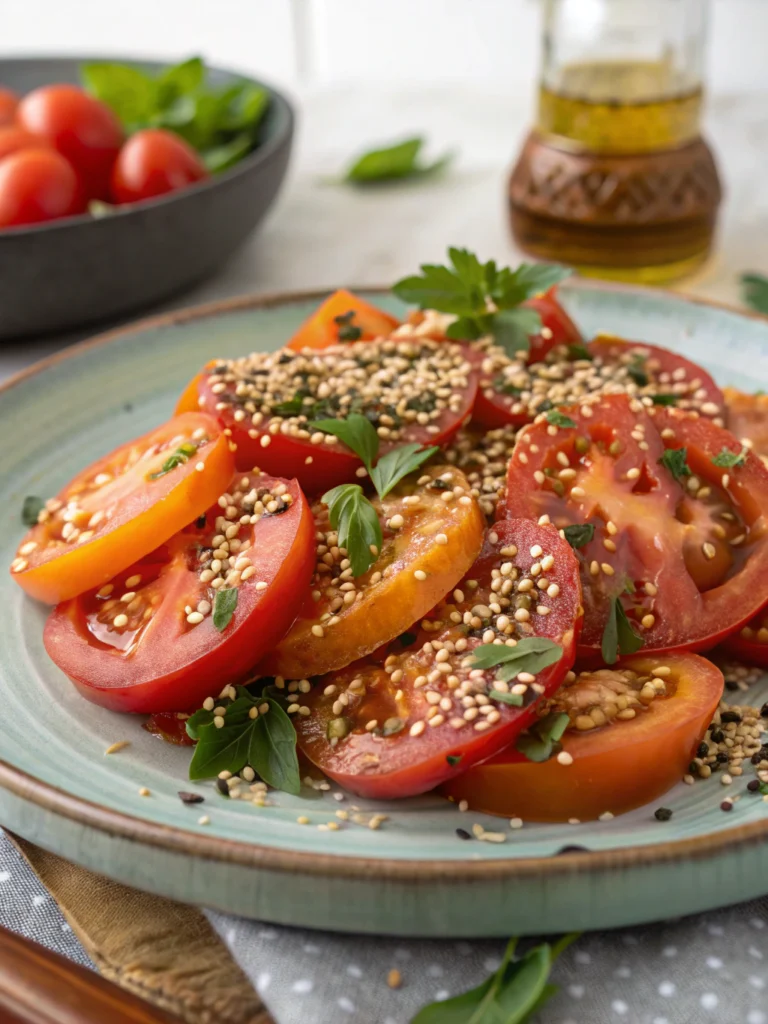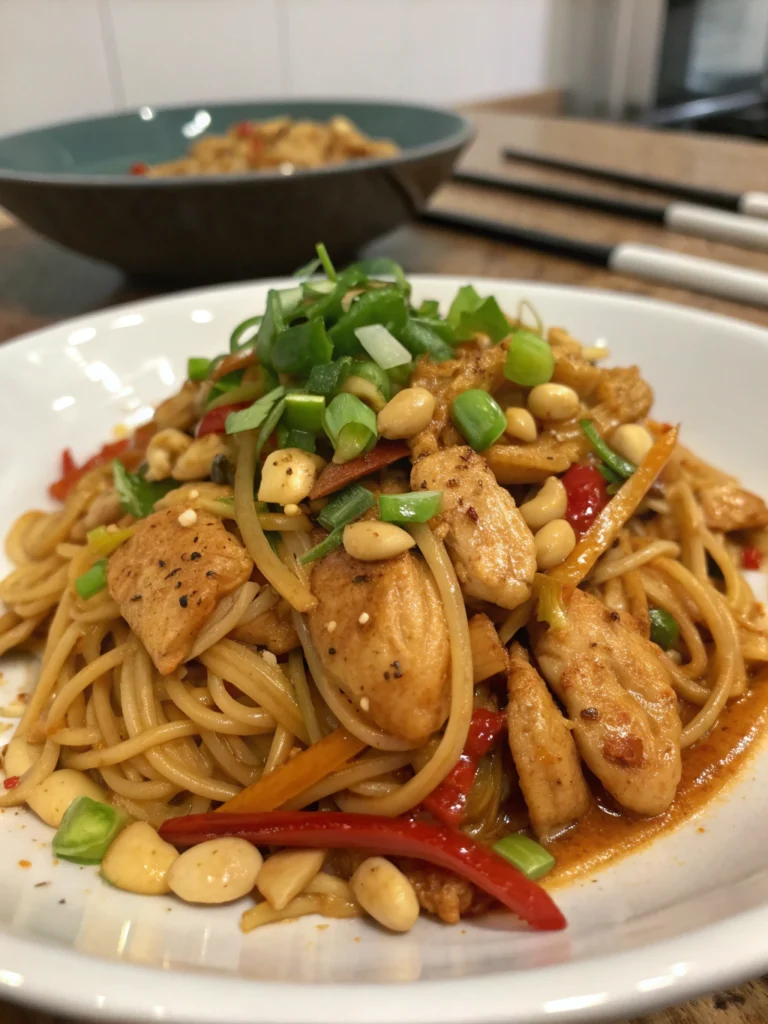Delicious and Gentle Dinner Recipes for Pancreatitis: Nourishing Your Body with Care
Have you ever wondered how to create flavorful meals that won’t trigger pancreatitis symptoms? Many believe that a pancreatitis-friendly diet means bland, boring food, but what if you could enjoy delicious dinners while supporting your pancreatic health?
Finding suitable dinner recipes for pancreatitis can be challenging, but with the right ingredients and cooking techniques, you can prepare meals that are both satisfying and gentle on your digestive system. Today, I’m sharing a wonderful recipe for Herb-Baked Tilapia with Roasted Vegetables that’s perfect for anyone managing pancreatitis.
Ingredients List
This recipe features low-fat, nutrient-dense ingredients that are generally well-tolerated by those with pancreatitis. Each component has been carefully selected to provide flavor without triggering symptoms.
- 4 tilapia fillets (about 4-6 oz each) – can substitute with any white fish like cod or haddock
- 2 tablespoons olive oil, divided (a heart-healthy fat option)
- 1 tablespoon fresh lemon juice
- 2 cloves garlic, minced (or 1 teaspoon garlic powder for a gentler option)
- 1 teaspoon dried oregano
- 1 teaspoon dried basil
- ½ teaspoon dried thyme
- 2 cups cherry tomatoes, halved
- 1 medium zucchini, sliced into half-moons
- 1 yellow bell pepper, sliced
- 1 small red onion, thinly sliced (optional – omit if onions trigger symptoms)
- ½ cup low-sodium vegetable broth
- Fresh parsley for garnish (optional)
- Salt and pepper to taste (minimal amounts)
Timing
Preparation time: 15 minutes – perfect for organizing ingredients while maintaining energy levels, which is important when managing pancreatitis.
Cooking time: 25 minutes – significantly quicker than traditional baked fish recipes that often require 40+ minutes.
Total time: 40 minutes – an efficient dinner recipes for pancreatitis option that delivers a complete meal in less time than most restaurant deliveries would take.
Step-by-Step Instructions
Step 1: Prepare Your Kitchen
Preheat your oven to 375°F (190°C). While the oven is heating, gather all ingredients and measuring tools. This organization step saves energy and reduces stress during cooking, which is particularly beneficial for those managing chronic conditions like pancreatitis.
Step 2: Season the Fish
In a small bowl, mix 1 tablespoon olive oil, lemon juice, minced garlic, oregano, basil, and thyme. Place tilapia fillets in a shallow dish and gently coat with the herb mixture. Allow to marinate while preparing vegetables. The acid from the lemon helps tenderize the fish without adding fat.
Step 3: Prepare the Vegetables
In a large bowl, combine cherry tomatoes, zucchini, bell pepper, and red onion (if using). Drizzle with the remaining tablespoon of olive oil and toss gently. Season with a small pinch of salt and pepper. The colorful vegetable medley provides essential vitamins while being easy to digest.
Step 4: Assemble the Dish
Spread the vegetables in an even layer on a large baking sheet or in a 9×13 baking dish. Pour the vegetable broth over the vegetables – this creates steam during cooking, reducing the need for additional oil while keeping everything moist.
Step 5: Add the Fish and Bake
Place the seasoned tilapia fillets on top of the vegetables. Bake uncovered for 20-25 minutes, or until fish flakes easily with a fork and vegetables are tender. The fish should reach an internal temperature of 145°F (63°C) for food safety.
Step 6: Serve with Care
Remove from oven and let rest for 3-5 minutes. This resting period allows the juices to redistribute, making the fish more tender. Garnish with fresh parsley if desired, and serve immediately for the best flavor and texture.
Nutritional Information
This dinner recipes for pancreatitis is specifically designed to be gentle on your pancreas while providing essential nutrients. Each serving contains approximately:
• Calories: 220 per serving (significantly lower than the average dinner at 800+ calories)
• Protein: 28g (supports tissue repair without taxing digestion)
• Fat: 9g (primarily from heart-healthy olive oil)
• Saturated Fat: 1.5g (well below the recommended limit for pancreatitis diets)
• Carbohydrates: 8g (low enough to prevent blood sugar spikes)
• Fiber: 3g (supports digestive health)
• Sodium: 120mg (low sodium content is ideal for overall health)
• Sugar: 4g (naturally occurring from vegetables, no added sugars)
Healthier Alternatives for the Recipe
While this recipe is already designed for pancreatic health, here are some modifications to further customize it to your needs:
• For ultra-low fat needs: Replace the olive oil with a cooking spray and use an additional 2 tablespoons of vegetable broth for moisture.
• For added protein without additional fat: Add ¼ cup of cooked quinoa or brown rice to the vegetable mixture before baking.
• For sensitive digestive systems: Steam the vegetables separately until very tender before assembling the dish, and reduce cooking time for the fish to 15 minutes.
• For flavor variation without added fat: Experiment with different herb combinations like dill and parsley, or try a sprinkle of turmeric for anti-inflammatory benefits.
Serving Suggestions
Enhance your dinner recipes for pancreatitis experience with these complementary serving ideas:
• Pair with a small portion (½ cup) of plain steamed rice or quinoa for a more substantial meal that remains gentle on digestion.
• Add a side of steamed asparagus or green beans tossed with a squeeze of lemon for additional fiber and nutrients.
• For a refreshing accompaniment, serve with a small side salad of butter lettuce with a simple lemon juice and olive oil dressing (1:2 ratio).
• If tolerating dairy in small amounts, a tablespoon of fat-free Greek yogurt mixed with herbs makes a delicious sauce to drizzle over the fish.
Common Mistakes to Avoid
- Overcooking the fish: This leads to dry, tough protein that’s harder to digest. Watch carefully and remove from heat as soon as it flakes easily.
- Using too much oil: Even healthy oils should be limited with pancreatitis. Measure carefully rather than pouring freely.
- Adding high-fat ingredients: Avoid the temptation to add cheese, cream, or butter to enhance flavor.
- Seasoning too aggressively: Heavy spices can irritate the digestive system. Start with herbs and mild seasonings.
- Rushing the meal: Eating too quickly can lead to digestive discomfort. Serve this meal in a relaxed setting and encourage mindful eating.
Storing Tips for the Recipe
Proper storage is crucial for maintaining food safety and preserving the quality of your pancreatitis-friendly meals:
• Refrigerate leftovers within two hours of cooking in an airtight container. This dish will maintain its quality for up to 2 days in the refrigerator.
• For reheating, use gentle methods like microwave at 50% power or warming in a covered pan with a tablespoon of water to maintain moisture.
• This recipe is not ideal for freezing as the vegetables and fish may become mushy when thawed.
• For meal prep, you can prepare the herb mixture and chop vegetables up to 24 hours in advance, storing them separately in the refrigerator until ready to cook.
Conclusion
Creating delicious, satisfying meals while managing pancreatitis doesn’t have to be complicated. This Herb-Baked Tilapia with Roasted Vegetables demonstrates that with thoughtful ingredient selection and simple cooking techniques, you can enjoy flavorful dinners that support your health.
Have you tried this recipe or do you have other favorite pancreatitis-friendly meals? We’d love to hear about your experiences in the comments below! For more gentle yet delicious meal ideas, browse our collection of specialized recipes designed to nourish your body while managing pancreatitis symptoms.

